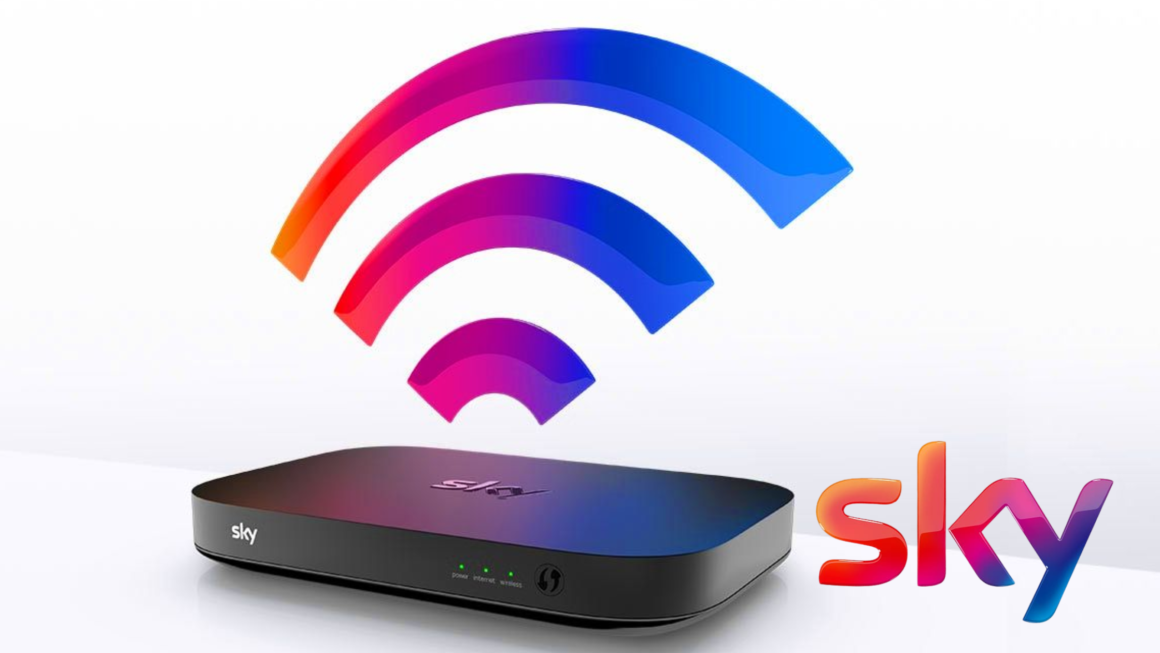Since Vonage is still alive after countless lawsuits and 6 years of VOIP, we're looking at how well their service that continues to replace all classic landlines, performs.
Vonage And The V-Portal
Vonage has the benefit of being synonymous to VOIP, mainly because it entered the market early (6 years ago) and was capable of investing a lot to compete in a market that has already been saturated with landline phones.
The Cost
The monthly fees practiced by Vonage don’t make it the cheapest VOIP solution, but still make their service an appealing alternative over the classic landline. With Vonage the lowest available plan right now costs $14.99 per month, and it includes much more than a classic landline service provider offers for $50 per month or more.
All plans include caller ID, voicemail, call waiting, conference call, and at least 500 minutes of local and long distance calling. Even with the most basic plan ($14.99) the rates to destinations that are not covered by the 500 minutes are cheap; we’re talking a few cents a minute for calling to European countries.
For those that find themselves using the landline very often, for $10 more, Vonage currently has unlimited local and long distance calling in the US, Canada, Puerto Rico and 5 select European countries (you have a list to choose from.) From that point on, the more expensive plans are either business oriented, or simply offer more services, such as visual voicemail and free directory assistance.
The Quality
This is where people get very opinionated. You’ll either hear from people that are very pleasantly surprised with the quality of the sound carried by Vonage, or that have had problems and needed to cancel the service. Upon canceling the service, you’ll have to deal with customer service, and Vonage’s is not the most reputable out there. Obviously, frustrated people have a stronger urge to write online about their experience than do people that are pleased with the service and carry on. Hence, you might see plenty of people poorly rating their services and especially their customer service.
However, back to the voice quality, it’s certainly influenced by the Internet connection of the customer, and the quality of the equipment between the Vonage modem/router and the ISP. On the typical broadband connections that most people are getting set up these days, you should find that the quality is virtually indistinguishable from the one of a landline, and if anything, for international calls it’s better than your average landline. Having tested the service on a 10 Mbps Road Runner connection by Time Warner loaded with 2 active downloads, a media center system streaming online video and an automated browser that opens a new URL every 3 seconds, the sound was not choppy at all, and there was no noticeable delay.
The Setup
Vonage encourages setting up their routers between your Internet modem and any existing router you may already have. While that’s the easiest way to go around setting up your landline, it’s not an option for frequent Internet users to trust their Internet connection in the hands of a Vonage router, and put a more professional router behind it. Instead, for tech-savvy persons it’s recommended that you set up the Vonage router (be it the V-Portal or the Motorola VT2142RB) behind your existing router. For that you’ll have to first connect the Vonage router directly to your PC, give it a static IP address (if your router doesn’t use DHCP) and then plug it in behind your existing router. You may also need to open certain ports on your existing router. The whole process should take no longer than 5 minutes, which is 4 minutes more than the Vonage recommended setup.



